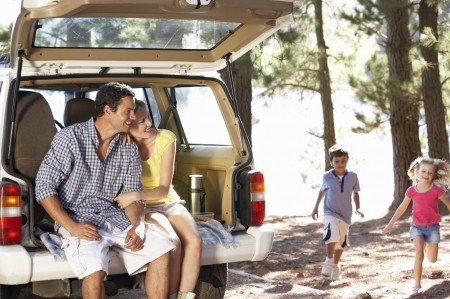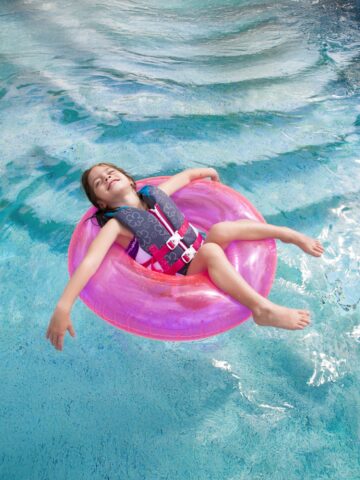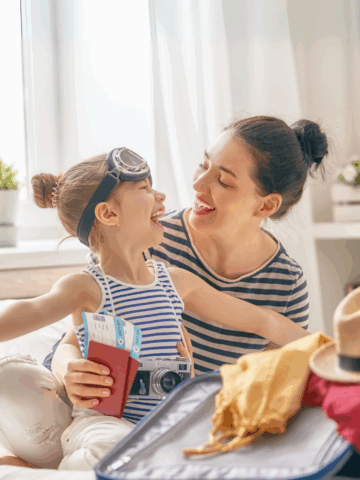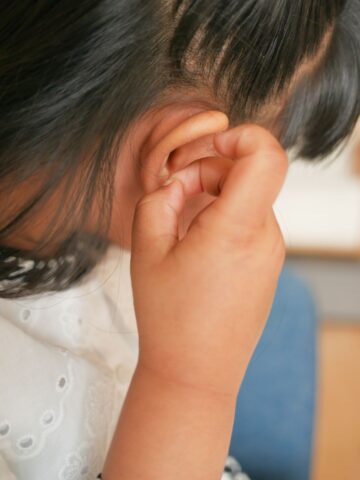Whether your family is jet-setting across an ocean or taking a quick road trip up north, the American Academy of Pediatrics (AAP) has many family vacation travel tips to help you stay safe, and make the idea of travel with kids stress-free.
- Most rental car companies can provide a car safety seat, but selection may be limited. Check that the provided seat is size- and age-appropriate for your child.
- Set a good example by always wearing a seat belt, even in a taxi.
- Keep children occupied by pointing out interesting sights along the way and by bringing soft, lightweight toys and favorite music for a sing-along.
- Plan to stop driving and give yourself and your child a break about every two hours.
- Never leave your child alone in a car, even for a minute. Temperatures inside the car can reach deadly levels in minutes, and the child can die of heat stroke.
- Parents should carry safe water and snacks, child-safe hand wipes, diaper rash ointment, and a water- and insect-proof ground sheet for safe play outside.
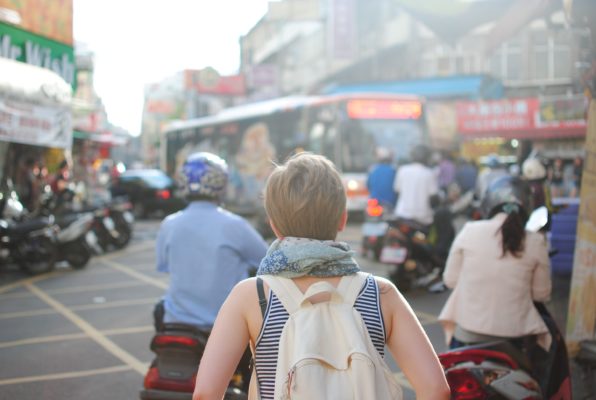
International travel
- Check with your doctor to see if your child might need additional vaccines or preventive medications, and make sure your child is up-to-date on routine vaccinations. Bring mosquito protection in countries where mosquito-borne diseases such as malaria are present.
- To avoid jet lag, adjust your child’s sleep schedule two to three days before departure. After arrival, children should be encouraged to be active outside or in brightly lit areas during daylight hours to promote adjustment.
- Stay within arm’s reach of children while swimming, as pools may not have safe, modern drain systems and both pools and beaches may lack lifeguards.
- Road travel can be extremely hazardous in developing countries. Make sure each passenger is buckled and that children use the appropriate car safety seat. Let your driver know you are not in a hurry, and that you will reward safe driving.
- Conditions at hotels and other lodging may not be as safe as those in the United States. Carefully inspect your room for exposed wiring, pest poisons, paint chips, or inadequate stairway or balcony railings.
- When traveling, be aware that cribs or play yards provided by hotels may not meet current U.S. safety standards. If you have any doubt about the safety of the crib or play yard, ask for a replacement or consider other options.
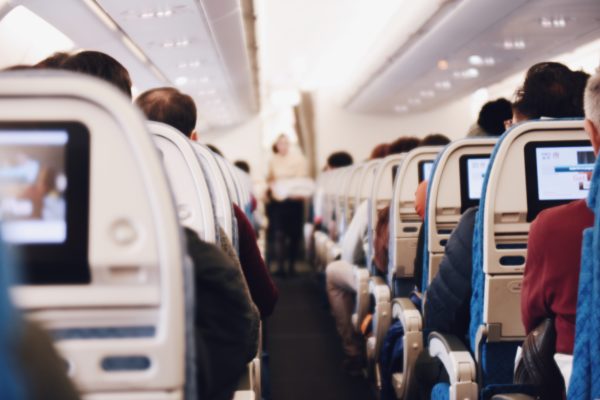
Airplane travel
- Allow your family extra time to get through security, especially when traveling with younger children.
- Have children wear shoes and outer layers of clothing that are easy to take off for security screening. Children younger than 12 are not required to remove their shoes for routine screening.
- Strollers can be brought through airport security and gate-checked to make travel with small children easier.
- Talk with your children about the security screening process before coming to the airport. Let them know that bags (backpack, dolls, etc.) must be put in the X‑ray machine and will come out the other end and be returned to them.
- Discuss the fact that it’s against the law to make threats such as; “I have a bomb in my bag.” Threats made jokingly (even by a child) can delay the entire family and could result in fines.
- Arrange to have a car safety seat at your destination or bring your own.
- When traveling on an airplane, a child is best protected when properly restrained in a car safety seat until the child weighs more than 40 pounds and can use the aircraft seat belt.
- The car safety seat should have a label noting that it is Federal Aviation Administration-approved. Belt-positioning booster seats cannot be used on airplanes, but they can be checked as luggage (usually without baggage fees) for use in rental cars and taxis.
- Although the FAA allows children under age 2 to be held on an adult’s lap, the AAP recommends that families explore options to ensure that each child has her own seat. If it is not feasible to purchase a ticket for a small child, try to select a flight that is likely to have empty seats where your child could ride buckled in her car safety seat. Alternatively, there are also some FAA-approved harnesses for older infants and toddlers that fold down in a small, compact bag for convenience.
- Pack a bag of toys and snacks to keep your child occupied during the flight.
- To decrease ear pain as the plane climbs or descends, encourage your infant to nurse or suck on a bottle. Older children can try chewing gum or drinking liquids with a straw.
- Wash hands frequently, and consider bringing hand-sanitizing gel to prevent illnesses during travel.
- Consult your pediatrician before flying with a newborn or infant who has chronic heart or lung problems or with upper- or lower-respiratory symptoms.
- Consult your pediatrician if flying within two weeks of an ear infection or ear surgery.

